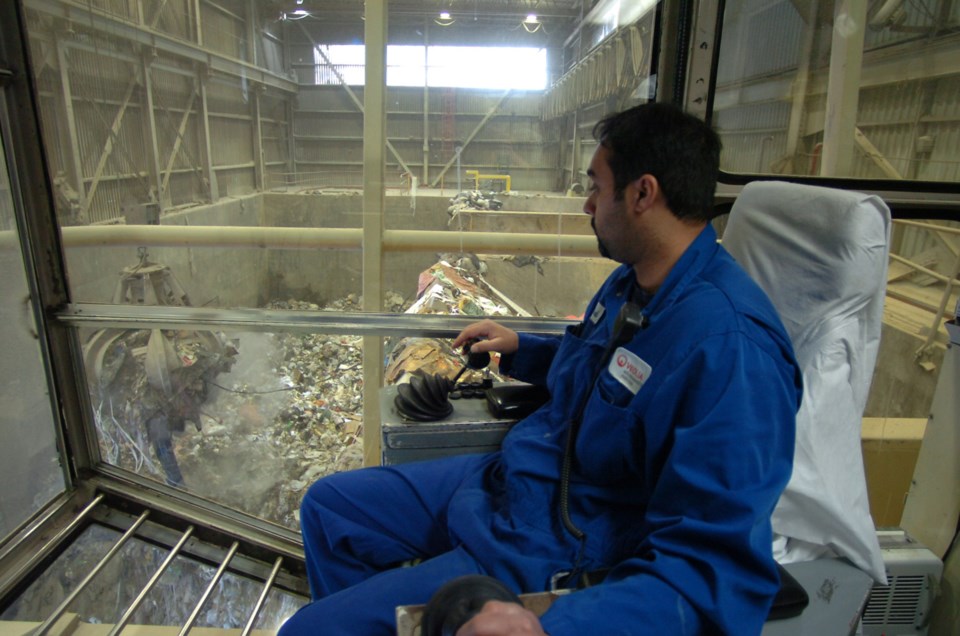More electronic devices finding their way in the garbage heap may cost Metro Vancouver’s budget for the Burnaby incinerator an extra $3 million.
Electronic devices have rechargeable batteries, which produce a toxic chemical (cadmium) increasingly found in testing samples.
Cadmium is a toxic metal linked to cancer, respiratory problems and kidney failure.
The domino effect of an increase in cadmium levels found in fly – airborne – ash samples a year ago has led to several factors driving up the proposed 2013/14 Metro Vancouver budget for the incinerator, according to Paul Henderson, solid waste general manager.
"What we have seen over time is that there are more and more electronics and other devices that have rechargeable batteries in them, and people need to know those types of products shouldn't be thrown in the garbage," he told the Burnaby NOW in a phone interview. "It should be recycled."
These electronic devices and their batteries is what Henderson says has led to an increase in cadmium levels found in the bottom ash and fly ash samples produced as a side effect by the incinerator.
The incinerator burns about 285,000 tons of garbage for electricity every year, and, in doing so, it also produces the two ashes. About 12,000 tons per year of ash in the air stream out of the combustion process. About 50,000 tons of bottom ash – found in the ground – is the material that is not combustible, is found every year, as well.
More than a year ago, a wave of fly ash samples didn't pass leachability testing. Due to the toxic issue, the fly ash was no longer shipped to the Cache Creek landfill, but has since been sent to an industrial landfill in Alberta, which comes at a higher cost.
"We've done a number of things," Henderson said. "We've been investigating a lot of detail since."
He noted that each load of material is tested before it leaves the facility, as opposed to the former practice of doing the same testing once a month.
Metro Vancouver's position is that the contracted out lab that tests its samples made a mistake during the process, which led to the "anomalous results," according to Henderson.
"An independent lab does the sampling and the analytical work, which determines the sample's characteristics," he added. "Metro Vancouver's position is that there was an error at the laboratory, and many parties are involved in these discussions and not all parties have the same perspective of what happened."
The Ministry of Environment is investigating the issue, gathering information from all the parties involved and will come to a conclusion on what happened with the samples, Henderson added.
As the Burnaby NOW previously reported, over the last year 19 out of 479 (about four per cent) bottom ash samples not only failed toxicity testing but, in some cases, exceeded more than twice of the regulatory limit.
For more information on where to recycle batteries, check out metrovancouverrecycles.org.



